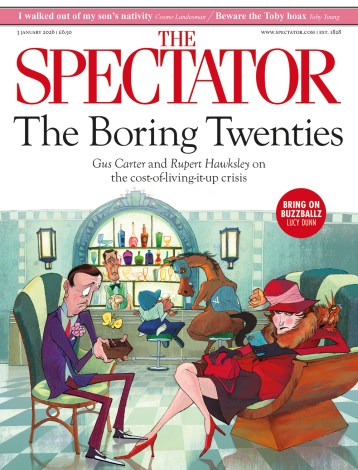Six of the best | 7 July 2016
I love Eclipse Day at Sandown, the first occasion in the year when the classy three-year-olds start taking on their elders. Over the years it has given us some great contests and added lustre to the careers of some great horses. In 1986 Dancing Brave confirmed in the Sandown feature how unlucky he had been not to win the Derby. In 2009 Sea The Stars won the race in the fastest time for 40 years as he made it one of his six Group One victories in six months. In 2000 the ever-combative Giant’s Causeway got back up to win by a head under George Duffield after being passed by




















